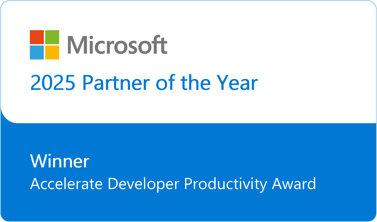In today’s fast-paced development environments, legacy repositories can become a silent bottleneck. Whether you're managing hundreds of GitLab projects, Bitbucket pipelines, or Perforce depots, the complexity of migrating to a modern platform like GitHub Enterprise Cloud can feel overwhelming. But modernization isn’t just a technical upgrade—it’s a strategic move that unlocks agility, security, and innovation.
The Complexity of Migration: More Than Just Moving Code
Let’s say your organization has 2,000 repositories spread across GitLab Server and Bitbucket Cloud. Some are active, others haven’t seen a commit in years. Some contain large binary files, others have deeply nested CI/CD pipelines with custom scripts and secrets. Without automation, understanding what you’re dealing with is like trying to map a forest with a flashlight.
For example, one Elevate customer discovered that over 40% of their repos were inactive—but still consuming resources and complicating compliance. Another found that 12% of their pipelines used unsupported tasks that would break during migration.
Why Planning Matters: The Cost of Guesswork
Without a clear migration plan, teams often delay decisions. And delays cost money. One enterprise spent six months debating how to handle user permissions across teams—only to realize that Elevate’s automated permission migration could have resolved it in days.
Planning isn’t just about timelines. It’s about identifying blockers early—like large files that exceed GitHub’s limits, or naming conventions that don’t align with your governance model. Elevate’s dry-run simulations and statistics collection help teams estimate migration time accurately and avoid surprises.
Automation Is the Game-Changer
This is where Elevate shines. It automates the discovery of repository content, assesses pipeline complexity, and even queues migrations based on priority and readiness. For example, a global financial services firm used Elevate to batch repos by business unit and schedule migrations over weekends—minimizing disruption and maximizing visibility.
Automation also enables self-service. Teams can view their migration status, understand blockers, and take ownership of their modernization journey. This decentralization accelerates adoption and reduces the burden on central DevOps teams.
The Business Impact: From Technical Debt to Strategic Value
Modernizing repositories isn’t just about cleaner code. It’s about enabling faster deployments, improving security posture, and aligning with platform engineering goals. Organizations that modernize with Elevate report:
- 30–50% faster migration timelines
- 70% reduction in manual effort
- Improved compliance with GitHub WAF standards
- Increased developer satisfaction through self-service portals
In short, modernization is the foundation for everything that comes next—whether it’s adopting GitHub Copilot, implementing inner sourcing, or scaling platform engineering practices. In Part 2, we’ll explore how Elevate helps increase speed, accuracy, and confidence of migration and modernizations.
NEXT BLOG
Part:2: Automation as the Catalyst - Elevate’s Approach to Migration
PREVIOUS POST
GitHub Migration Series home










